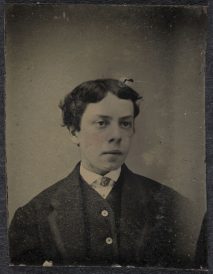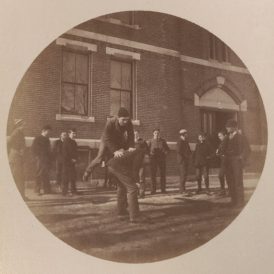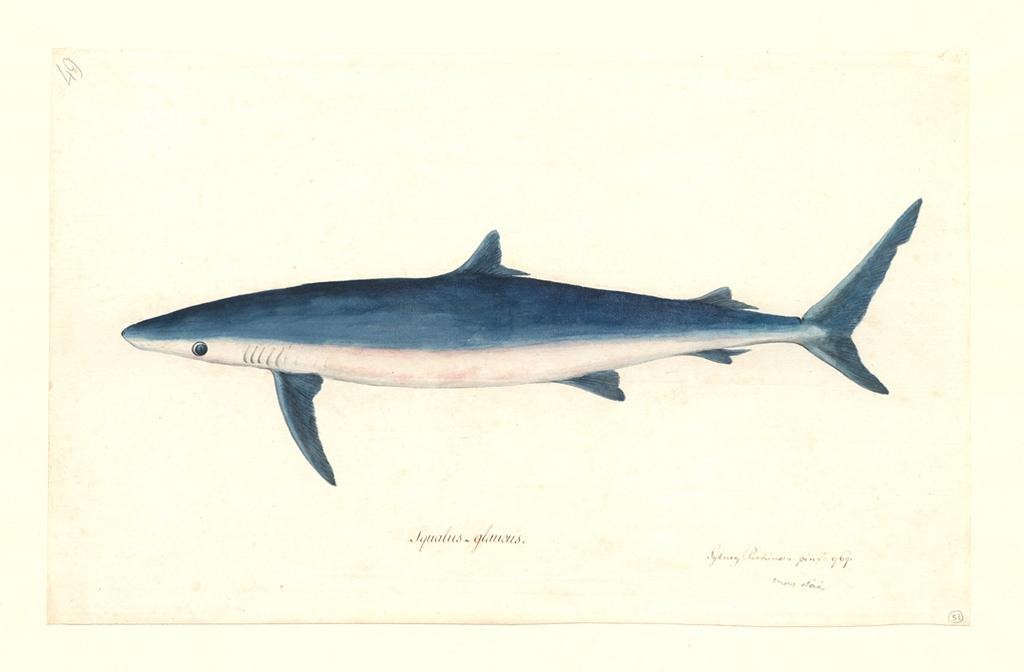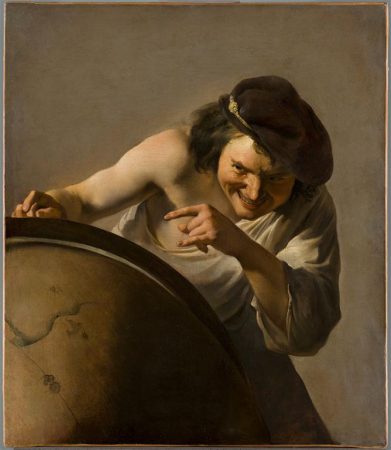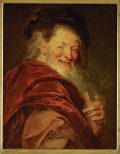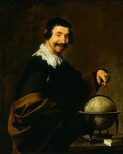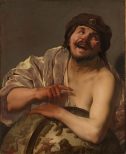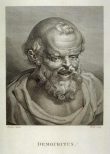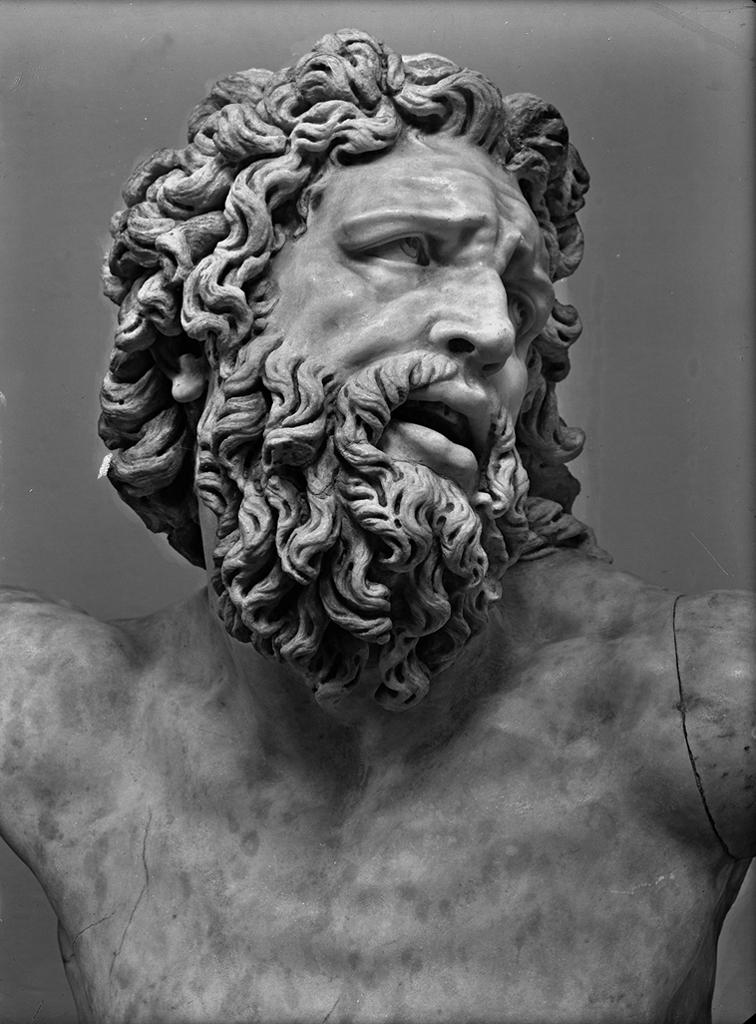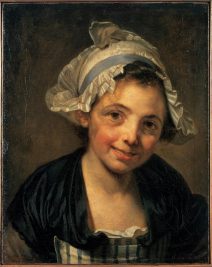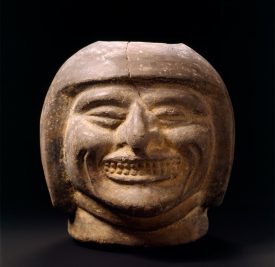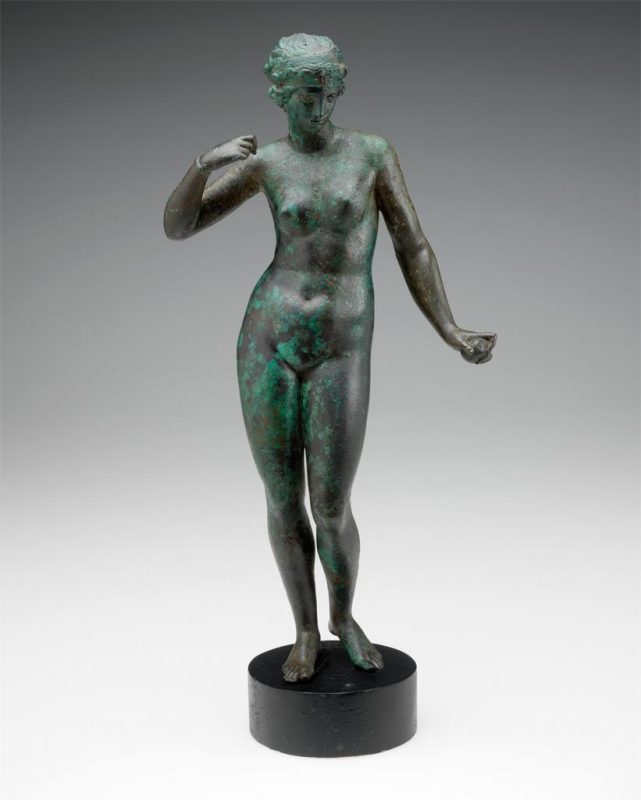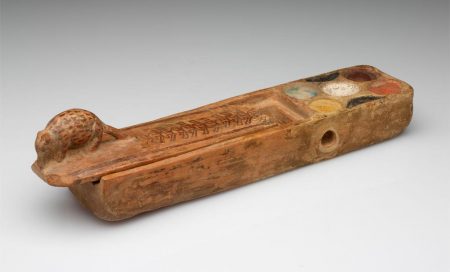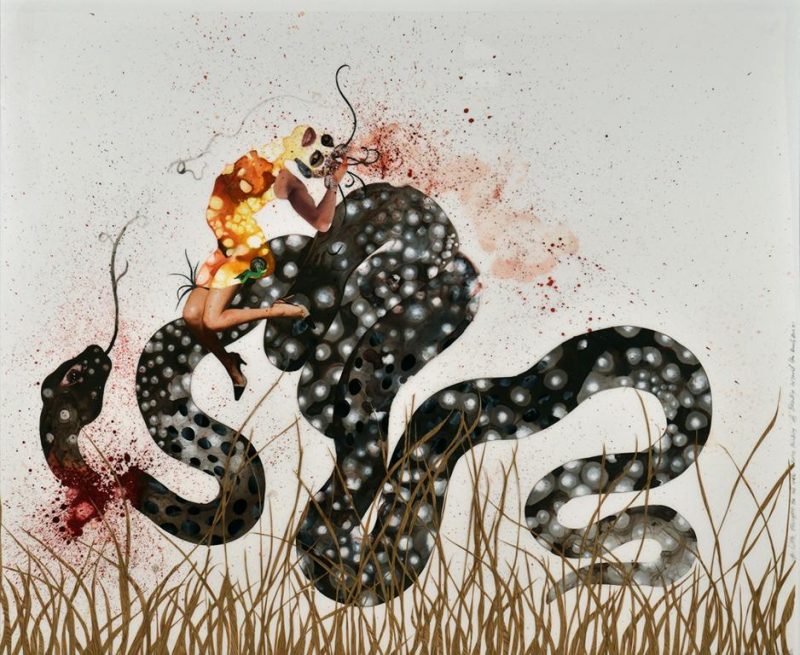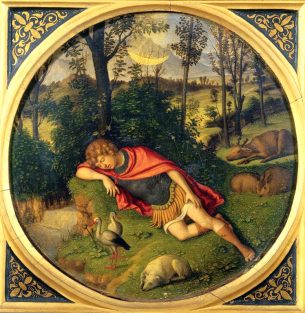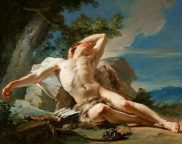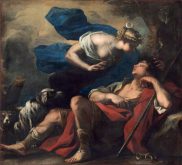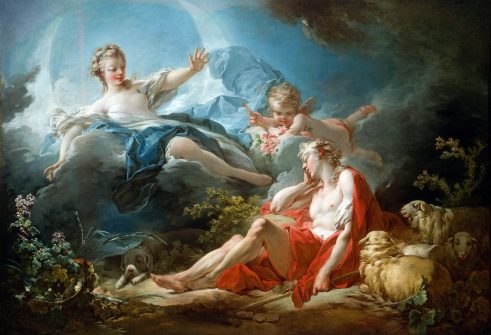Editor’s note: this post has been updated to reflect the name change from Shared Shelf to JSTOR Forum.
We invited Lisa Laughy, Web Services/Archives Assistant at St. Paul’s School’s Ohrstrom Library in Concord, New Hampshire to tell us about her experience as the first K-12 subscriber to JSTOR Forum (formerly called Shared Shelf), Artstor’s digital media management system.
When I first started looking at software for cataloging our archives photo collection back in 2010, I remember wishing I could find a solution that was just like Artstor – something that combines both a visually rich user experience with the sophistication of professional metadata standards. It took a few years, but it was as if the folks at Artstor read my mind and made my wish come true, when in the fall of 2015 our school was given the opportunity to be one of the first high schools to implement Shared Shelf.
